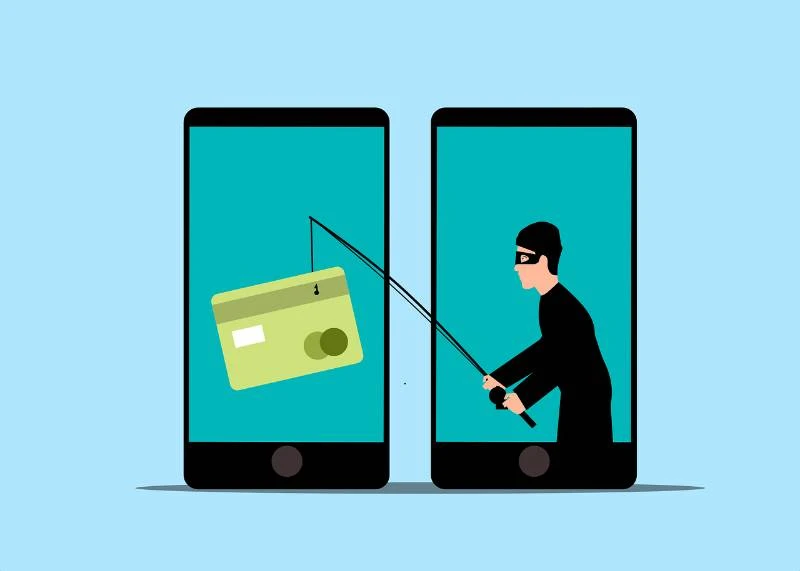In today’s digital age, staying connected is easier than ever—but it also comes with risks. One of the most common threats online is phishing. If you’ve ever received a strange email asking for your login details or a suspicious link claiming your account is locked, you may have encountered a phishing attempt.
What is Phishing?
Phishing is a type of cybercrime where attackers try to trick individuals into giving up sensitive information, such as:
- Usernames and passwords
- Credit card numbers
- Bank details
- Social Security Numbers
- Personal or business login credentials
These attackers usually pretend to be trusted sources, such as:
- Your bank
- A popular online store
- A government agency
- Even your email or cloud storage provider
How Does Phishing Work?
Phishing attacks often come in the form of:
- Emails pretending to be official notices (e.g., “Your account is locked!”)
- Fake websites that look almost identical to real ones
- Text messages or even phone calls asking for personal information
Here’s a typical scenario:
You receive an email that looks like it’s from your bank. It says there’s a problem with your account and asks you to click a link. The link takes you to a fake website that looks real. If you enter your login info—boom, the attacker has it.
Common Signs of a Phishing Attempt
- Generic greetings like “Dear customer”
- Urgent or threatening language (“Immediate action required!”)
- Misspelled URLs or unusual email addresses
- Requests for sensitive data via email or text
- Links that don’t go to the official website (hover to check before clicking)
How to Protect Yourself
Here are some simple but powerful tips to avoid falling victim:
- Never click on suspicious links.
- Check the sender’s email address carefully.
- Enable two-factor authentication (2FA) for important accounts.
- Use strong, unique passwords and a password manager.
- Keep your devices and antivirus software updated.
- Report phishing emails to your email provider or local authorities.
Final Thoughts
Phishing may sound scary, but staying safe is easier when you know what to look for. By learning to recognize the signs and protecting your personal information, you can enjoy the internet with more peace of mind.
Stay alert. Think before you click. Protect your data.

